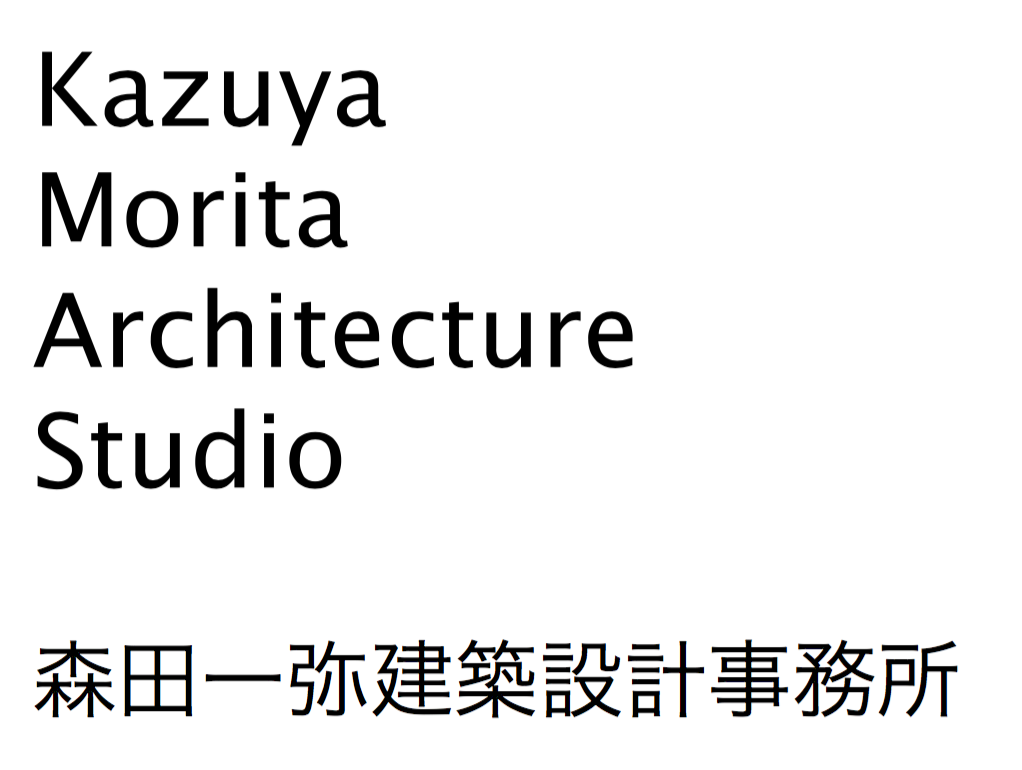厚さ15ミリの超薄型コンクリートによる小さなドーム。
「コンクリートアートミュージアム」に出展するために制作された。
日本の左官技術を応用し、白セメントに軽量骨材とワラの繊維を入れ、
鏝(こて)で型枠に塗りつけることで製作された。
直径、高さは1700ミリ、「家具」以上「建築」未満の、
茶室のようなスケール感を持つ空間。
琉球畳を敷いた内部は、ランダムに空けられた穴によって
外部とつながりながらもドームによって適度に囲われているため、
「室内」の安心感と「室外」の開放感を同時に体験することができる。
「コンクリートポッド / Concrete-pod」
nagoya, aichi pref : minimum pavilion : 2005
設計・施工:森田一弥建築建築設計事務所
(森田一弥、上沼直美)
施工協力:久住左官
工期:2005年6~7月
標準仕上:
ドーム:白セメント、ワラすさ、ガラス繊維、軽量骨材
床:琉球畳
“Concrete-pod” is the micro-space pavilion made of extremely
thin concrete shell structure with a number of holes.
Inside the dome, because of its minimal scale and openness,
it makes us sensitive and relaxed as when we are in
a traditional tea-ceremony room, CHA-SHITSU.
The thin façade of “Concrete-pod” is made from fiber reinforced concrete,
which consists of white cement, light-weight aggregate
and glass fiber and straw pieces.
By the traditional skill of SAKAN the plasterer,
the concrete is plastered on the dome-shaped mould with a trowel.
When dried and hardened, the mould of plastic foam is to be dismantled and removed.
The diameter and the height of “Concrete-pod” is 1700mm each,
thickness of the shell is 15mm only.
It is intriguing to realize that this structure is an expansion of a hen’s eggshell,
the minor axis of which is about 40mm and 400 micron in thickness.
Contrary to the fragile eggshell, “Concrete-pod” is strong enough
for a man to climb up on the top of it.
Design: Kazuya Morita Architecture Studio
Construction: Kazuya Morita Architecture Studio + Kusumi Plaster Factory
Site: Nagoya, Japan
Function: temporary micro pavilion
(concrete art museam @ nagoya city, 20 ~ 26 july 2005)
Materials: white cement, light-weight aggregate, straw fiber, grass fiber
Photographer: ICHIRO SUGIOKA












コメントを残す